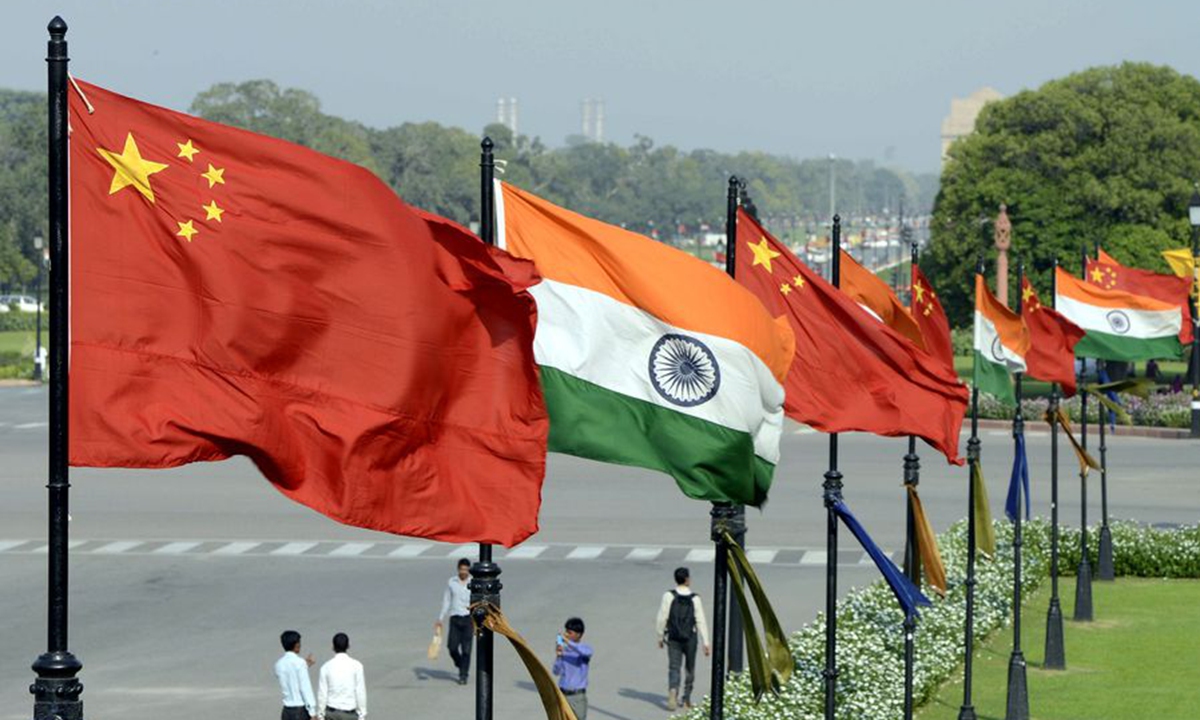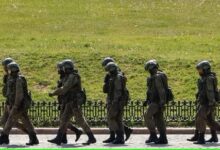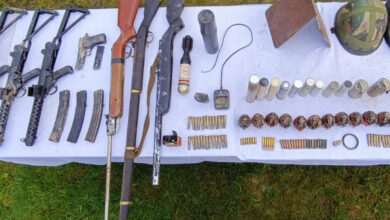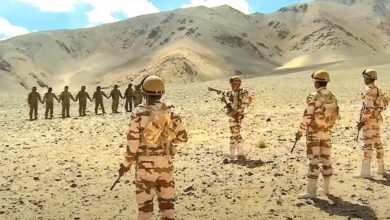CDS Reviews Eastern Operations With An Eye On China

- The 4.5-generation Rafales at Hasimara, near where Sikkim, Bhutan, and Tibet meet, give the Sukhoi-30MKI fighters based in Chabua and Tezpur more striking power.
- The IAF has also put the even more powerful Russian-made S-400 Triumf surface-to-air missile system in the area.
General Anil Chauhan, who is in charge of the military, looked at how ready operations were in the eastern sector over the weekend. This was done because of rising tensions with China, which has led India to take steps to strengthen its defenses all along the border.
On Saturday and Sunday, Gen. Chauhan went to “forward areas” in north Bengal and the Hasimara air base, where a squadron of the new Rafale fighters is based. He also went to the headquarters of the 33 “Trishakti” Corps at Sukna, where he was told about the operational situation along the northern borders in Sikkim.
“With 33 Corps commander Lt. General V P S Kaushik by his side, the Chief of Defense Staff (CDS) checked on the progress of infrastructure development, operational readiness, and logistics in the region,” an officer said on Sunday.
Along the 3,488-km LAC, there are no signs yet that tensions are going to go down. Instead, China keeps building up its military posts, border infrastructure, and air bases facing India. On April 2, China “standardized” the names of 11 places in Arunachal Pradesh, which was the latest sign that it was getting tougher.
The People’s Liberation Army’s increased actions and building of infrastructure in the Bhutanese territory of Doklam near the point where Sikkim, Bhutan, and Tibet meet is a big worry for India in the area.
This shows how dangerous it is for the Siliguri Corridor, also known as the “Chicken’s Neck,” which is a small strip of land in north Bengal that connects the northeast of India to the rest of the country.
Both the Army and the IAF have taken steps to improve their “offensive and defensive capabilities” in the eastern sector. This is because a military conflict has been going on since April-May 2020, when the PLA made multiple incursions into eastern Ladakh from the western sector.
In February, the Army made its first “Abhra” medium range surface-to-air missile (MR-SAM) regiment active in the 33 Corps, which is responsible for protecting the Line of Actual Control (LAC) in Sikkim and the Siliguri Corridor. The MR-SAM was made with help from Israel. It can shoot down enemy planes, helicopters, cruise missiles, and drones up to 70 km away.
The IAF has also put the even more powerful Russian-made S-400 Triumf surface-to-air missile system in the area. This system can spot and stop enemy fighters, strategic bombers, and missiles up to 380 km away.
“The danger to the Siliguri Corridor has been lessened in a number of ways through a “whole-of-government approach.” There are also enough troops in the reserves to start defensive operations quickly. Or, if needed, to fight back in neighboring places,” a senior officer said.
The 4.5-generation Rafales at Hasimara, near where Sikkim, Bhutan, and Tibet meet, give the Sukhoi-30MKI fighters based in Chabua and Tezpur more striking power. The region is also home to groups of BrahMos supersonic cruise missiles and Akash area defense weapons.
“In the last few months, the Army, IAF, and Special Forces have also done a number of combat exercises to practice being ready for battle and working together in case of an emergency in the eastern sector,” he said.







Facebook Comments